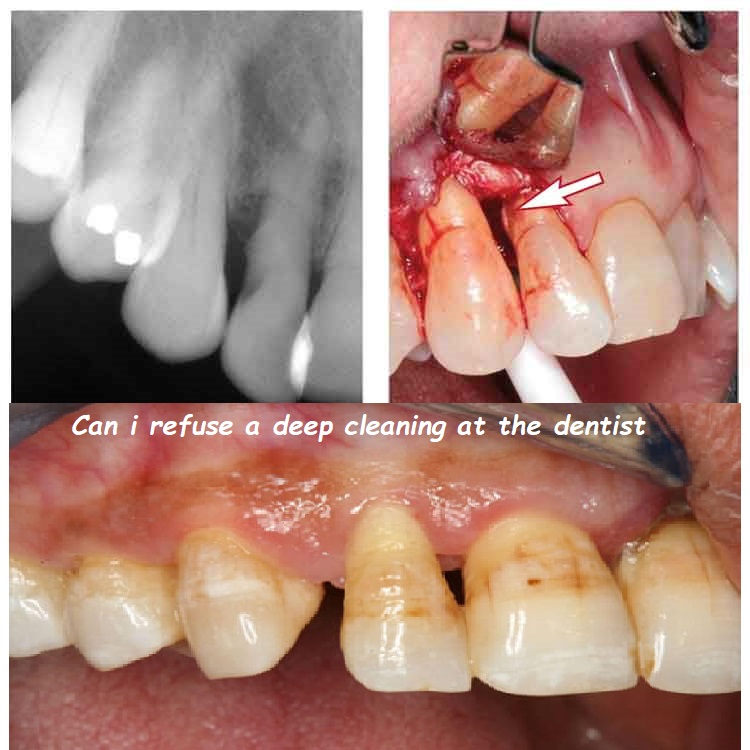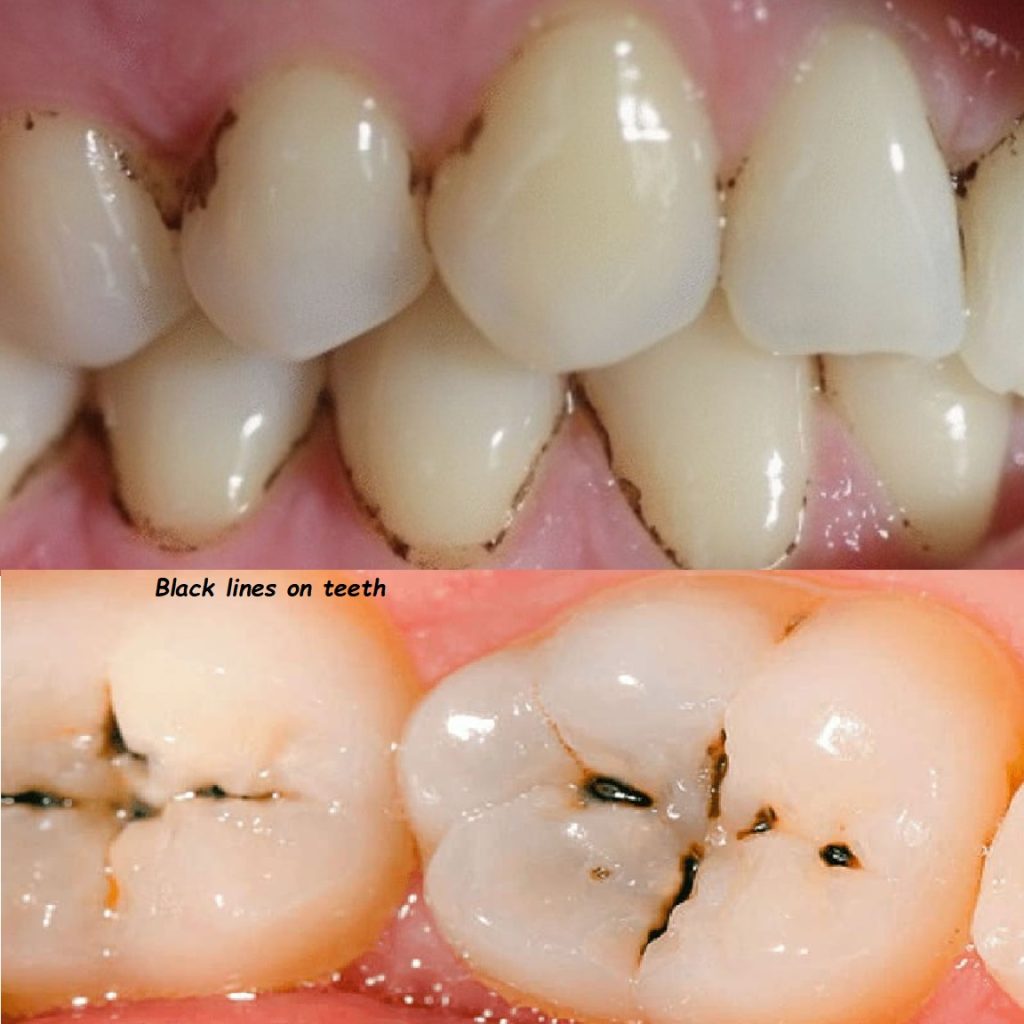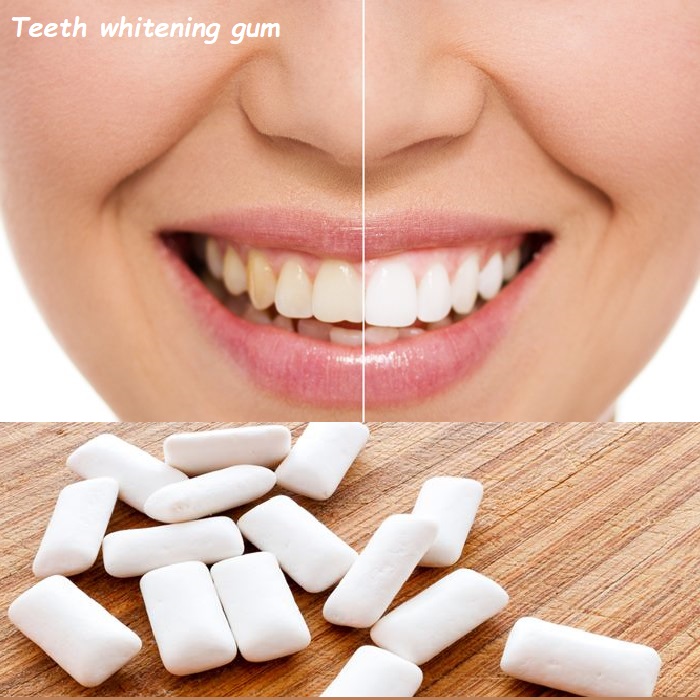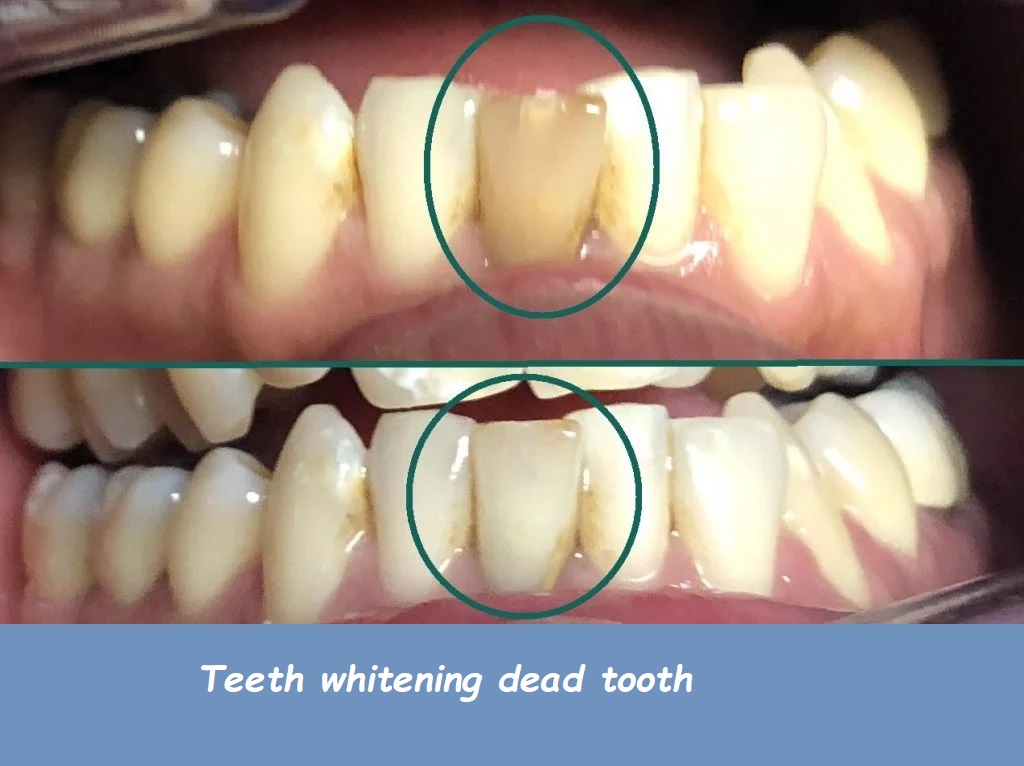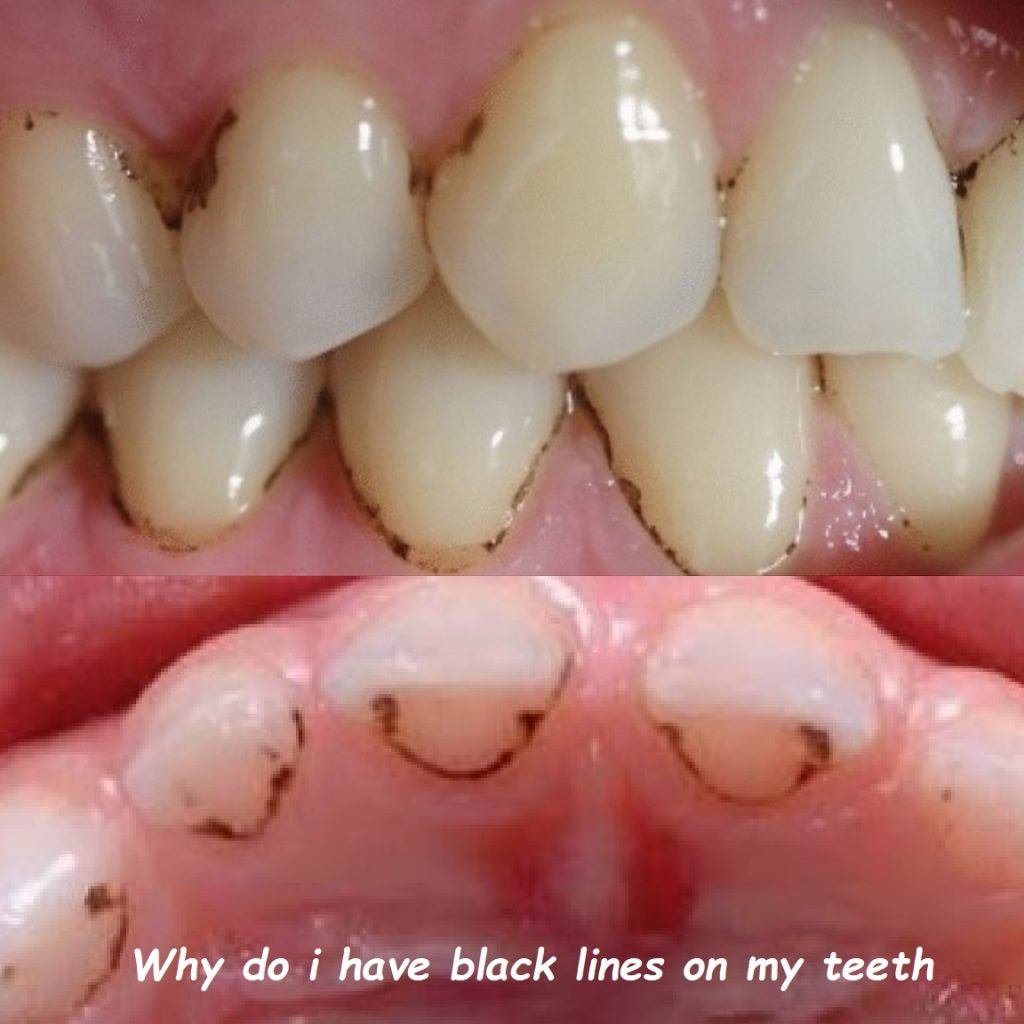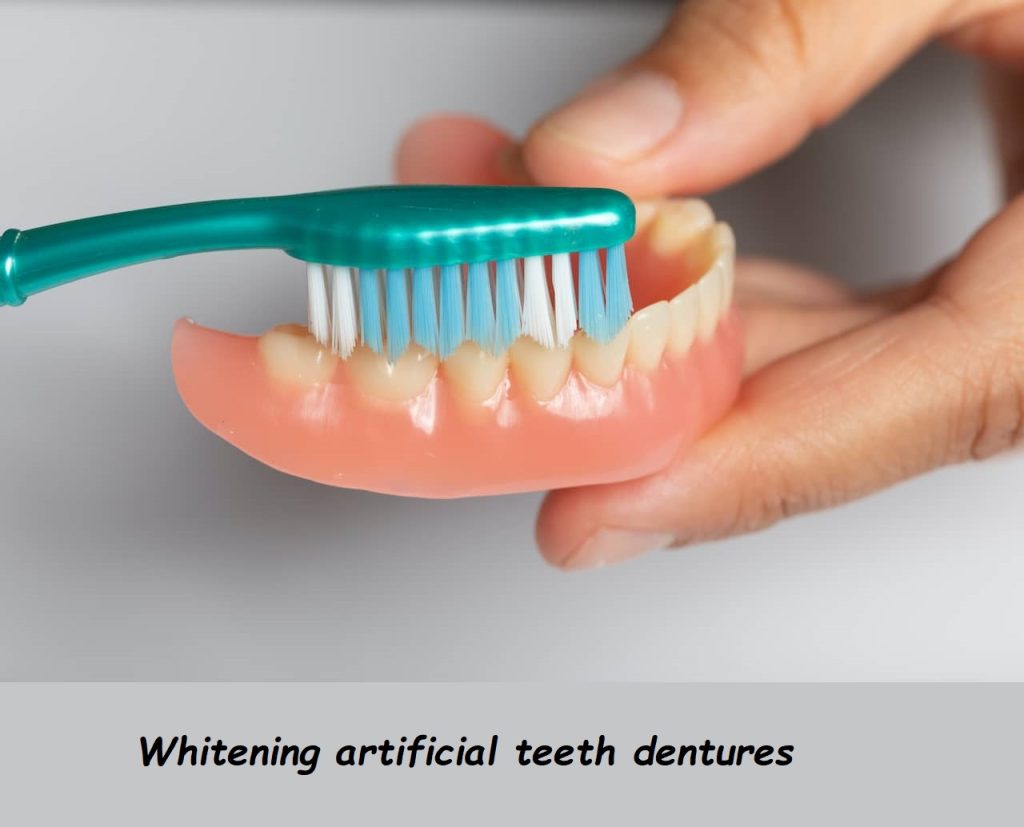best toothpaste for teeth whitening
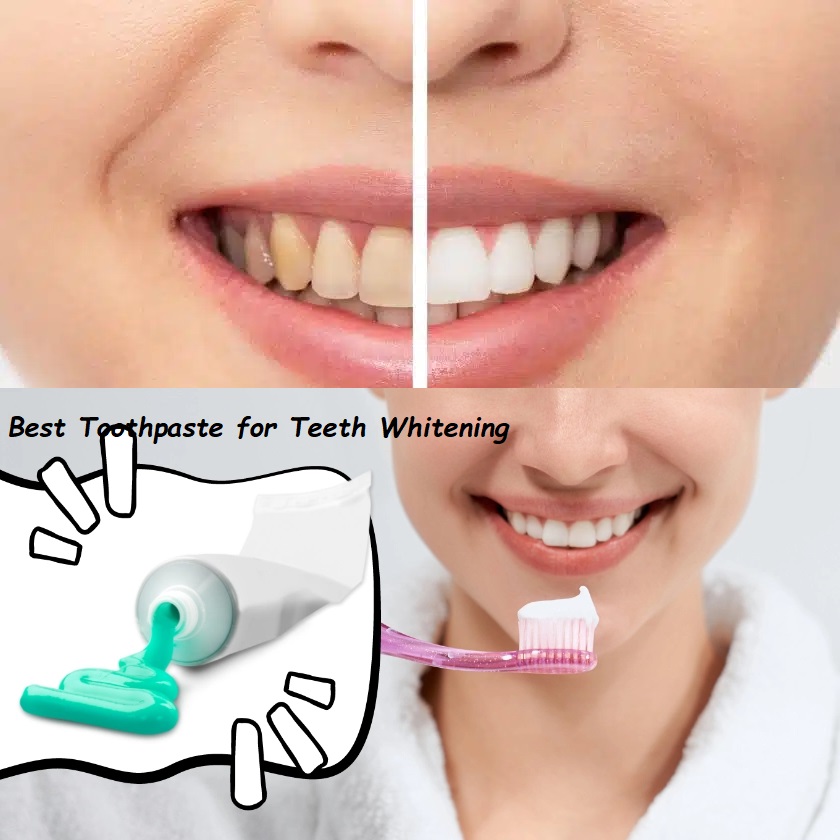
Best Toothpaste for Teeth Whitening: Top Products, Ingredients, and Tips
A bright, white smile is a confidence booster and a sign of good oral health. With so many toothpaste options on the market claiming to whiten teeth, choosing the best one can be overwhelming. This guide will take you through everything you need to know about whitening toothpaste, from the most effective products to the ingredients that make them work.
Table of Contents
- Introduction to Whitening Toothpaste
- What is Whitening Toothpaste?
- How Does Whitening Toothpaste Work?
- Benefits of Using Whitening Toothpaste
- Key Ingredients in Whitening Toothpaste
- Hydrogen Peroxide and Carbamide Peroxide
- Baking Soda (Sodium Bicarbonate)
- Activated Charcoal
- Fluoride and Its Role in Whitening
- Enzymes and Natural Whitening Agents
- Top 10 Best Toothpastes for Teeth Whitening
- Crest 3D White Brilliance Toothpaste
- Colgate Optic White Advanced
- Sensodyne Pronamel Gentle Whitening
- Arm & Hammer Advance White Extreme Whitening
- Hello Oral Care Activated Charcoal Whitening Toothpaste
- Tom’s of Maine Simply White
- Opalescence Whitening Toothpaste
- Marvis Whitening Mint Toothpaste
- Rembrandt Intense Stain Whitening Toothpaste
- Supersmile Professional Whitening Toothpaste
- How to Choose the Best Whitening Toothpaste for Your Needs
- Identifying Your Whitening Goals
- Considering Sensitivity Issues
- Reviewing the Ingredient List
- Brand Reputation and User Reviews
- How to Use Whitening Toothpaste Effectively
- Brushing Techniques for Maximum Whitening
- How Often to Use Whitening Toothpaste
- Combining Whitening Toothpaste with Other Products
- Tips for Avoiding Tooth Sensitivity
- Natural vs. Chemical Whitening Toothpaste
- The Pros and Cons of Natural Whitening Ingredients
- Effectiveness of Chemical Whitening Agents
- Which Option is Best for You?
- Whitening Toothpaste for Sensitive Teeth
- Understanding Tooth Sensitivity
- Best Whitening Toothpastes for Sensitive Teeth
- How to Minimize Sensitivity While Whitening
- Safety and Side Effects of Whitening Toothpaste
- Potential Side Effects of Whitening Agents
- The Importance of FDA Approval
- Safe Usage Guidelines
- Myths and Misconceptions About Whitening Toothpaste
- Myth: Whitening Toothpaste Damages Enamel
- Myth: Whitening Toothpaste Works Overnight
- Myth: All Whitening Toothpastes Are the Same
- Whitening Toothpaste vs. Other Whitening Methods
- Whitening Strips, Gels, and Trays
- Professional Whitening Treatments
- When to Use Toothpaste vs. Other Methods
- DIY Teeth Whitening: Does It Work?
- Common DIY Whitening Methods
- Risks of DIY Whitening
- Why Whitening Toothpaste May Be a Better Option
- Frequently Asked Questions About Whitening Toothpaste
- How Long Does It Take to See Results?
- Can You Use Whitening Toothpaste Every Day?
- Is Whitening Toothpaste Safe for Children?
- Does Whitening Toothpaste Remove Deep Stains?
- What Should You Do If Whitening Toothpaste Causes Sensitivity?
- Conclusion: Finding the Best Whitening Toothpaste for You
- Summary of Key Considerations
- Making an Informed Decision
- Final Thoughts on Achieving a Whiter Smile
1. Introduction to Whitening Toothpaste
What is Whitening Toothpaste?
Whitening toothpaste is specially formulated to remove surface stains from teeth, helping to restore or enhance the natural whiteness of your smile. These toothpastes typically contain mild abrasives, chemicals, or enzymes that work to polish teeth, break down stains, and prevent future discoloration. Unlike other teeth whitening methods, such as strips or gels, whitening toothpaste is used as part of your daily oral care routine.
How Does Whitening Toothpaste Work?
Whitening toothpaste works through a combination of mechanical and chemical actions:
- Mechanical Action: Mild abrasives in the toothpaste physically scrub away surface stains caused by food, drink, and tobacco use.
- Chemical Action: Ingredients like hydrogen peroxide or carbamide peroxide penetrate the enamel to break down stains at a deeper level, resulting in a whiter appearance.
- Enzymatic Action: Some toothpastes use enzymes to break down the protein pellicle layer on the teeth, which can hold stains.
While whitening toothpaste is effective at removing surface stains, it is less potent than professional whitening treatments or products designed for deeper whitening.
Benefits of Using Whitening Toothpaste
Using whitening toothpaste offers several benefits:
- Convenience: Incorporates whitening into your daily brushing routine, requiring no extra time or effort.
- Cost-Effective: Less expensive than professional whitening treatments or specialty whitening kits.
- Maintenance: Helps maintain the results of professional whitening treatments by preventing new stains from forming.
- Multi-Functional: Most whitening toothpastes also offer the benefits of regular toothpaste, such as cavity protection and breath freshening.
2. Key Ingredients in Whitening Toothpaste
Hydrogen Peroxide and Carbamide Peroxide
Hydrogen peroxide and carbamide peroxide are the most common active ingredients in whitening toothpaste. They work by breaking down into water and oxygen, with the oxygen penetrating the enamel to remove stains. Hydrogen peroxide is often used for its effectiveness in both whitening and killing bacteria that cause bad breath and gum disease.
Baking Soda (Sodium Bicarbonate)
Baking soda is a mild abrasive that gently polishes the teeth, helping to remove surface stains. It also neutralizes acids in the mouth, reducing the risk of cavities and helping to maintain a healthy pH balance. Baking soda is known for its effectiveness in whitening and is commonly found in many over-the-counter whitening toothpastes.
Activated Charcoal
Activated charcoal is a popular ingredient in natural whitening toothpastes. It works by binding to surface stains and plaque, which are then brushed away. While it is effective in removing surface discoloration, activated charcoal can be abrasive, so it’s important to use it sparingly and consult your dentist if you have concerns about enamel wear.
Fluoride and Its Role in Whitening
Fluoride is essential for strengthening tooth enamel and preventing cavities. In whitening toothpaste, fluoride not only helps protect against decay but also aids in remineralizing enamel, which can enhance the overall whiteness of teeth by keeping them healthy and strong.
Enzymes and Natural Whitening Agents
Some whitening toothpastes use enzymes like papain (from papaya) and bromelain (from pineapple) to break down stains on the teeth. These natural ingredients offer a gentler approach to whitening, making them suitable for people with sensitive teeth or those who prefer a more natural product.
3. Top 10 Best Toothpastes for Teeth Whitening
1. Crest 3D White Brilliance Toothpaste
Overview: Crest 3D White Brilliance is one of the most popular whitening toothpastes, known for its ability to remove up to 95% of surface stains in just three days. It contains hydrogen peroxide, fluoride, and silica, which work together to whiten teeth and protect against cavities.
Pros:
- Highly effective at removing surface stains
- Contains fluoride for cavity protection
- Pleasant taste and foaming action
Cons:
- Can cause sensitivity in some users
- Not suitable for deep, intrinsic stains
2. Colgate Optic White Advanced
Overview: Colgate Optic White Advanced contains 2% hydrogen peroxide, which is higher than most over-the-counter whitening toothpastes. This allows it to penetrate deeper into the enamel for more effective whitening, while also providing cavity protection.
Pros:
- Effective at both surface and deeper stains
- Affordable and widely available
- Contains fluoride
Cons:
- May cause mild irritation for those with sensitive gums
- Results may take longer to appear compared to professional treatments
3. Sensodyne Pronamel Gentle Whitening
Overview: Sensodyne Pronamel Gentle Whitening is specifically designed for people with sensitive teeth. It strengthens enamel while gently removing stains, making it a great choice for those who want to whiten their teeth without causing sensitivity.
Pros:
- Gentle on sensitive teeth
- Protects against acid erosion
- Fluoride-rich formula
Cons:
- May not be as effective on deep stains
- Slightly higher cost compared to regular toothpaste
4. Arm & Hammer Advance White Extreme Whitening
Overview: This toothpaste uses the power of baking soda to whiten teeth and freshen breath. It’s known for its ability to neutralize acids and gently polish teeth, providing a deep clean that results in a whiter smile.
Pros:
- Affordable and effective
- Neutralizes odors and freshens breath
- Low abrasion formula
Cons:
- Taste may be too strong for some users
- Can be messy due to the consistency of baking soda
5. Hello Oral Care Activated Charcoal Whitening Toothpaste
Overview: Hello Oral Care’s Activated Charcoal Whitening Toothpaste is a natural option for those looking to avoid chemicals. It uses activated charcoal to remove surface stains and freshen breath, while being free of fluoride, sulfates, and artificial sweeteners.
Pros:
- Natural and vegan-friendly ingredients
- Fluoride-free option for those who prefer it
- Effectively removes surface stains
Cons:
- Charcoal can be messy and potentially abrasive
- Not as effective on deep stains
6. Tom’s of Maine Simply White
Overview: Tom’s of Maine Simply White is a natural toothpaste that uses silica to gently polish teeth and remove stains. It’s free from artificial colors, flavors, and preservatives, making it a good choice for those who prefer a more natural product.
Pros:
- Natural ingredients with no artificial additives
- Gentle on teeth and gums
- Environmentally friendly packaging
Cons:
- Mild whitening effect compared to chemical options
- More expensive than standard toothpastes
7. Opalescence Whitening Toothpaste
Overview: Opalescence Whitening Toothpaste is a dentist-recommended brand that offers professional-grade whitening power in an over-the-counter product. It’s designed to maintain the results of professional whitening treatments, making it ideal for post-treatment care.
Pros:
- Professional-grade ingredients
- Helps maintain whitening results
- Pleasant taste
Cons:
- Higher price point
- May cause sensitivity for some users
8. Marvis Whitening Mint Toothpaste
Overview: Marvis Whitening Mint Toothpaste combines luxury with functionality, offering a rich, creamy texture that whitens teeth while providing a refreshing minty flavor. It’s known for its elegant packaging and high-quality formulation.
Pros:
- Luxurious texture and flavor
- Effective at removing surface stains
- Stylish packaging
Cons:
- Expensive compared to other options
- Contains fluoride but lacks additional whitening agents
9. Rembrandt Intense Stain Whitening Toothpaste
Overview: Rembrandt Intense Stain Whitening Toothpaste is specifically formulated to tackle tough stains from coffee, wine, and tobacco. It uses micro-polishers and fluoride to remove stains and strengthen enamel.
Pros:
- Targets stubborn stains
- Strengthens enamel with fluoride
- Helps prevent future stains
Cons:
- May not be suitable for sensitive teeth
- Slightly abrasive for daily use
10. Supersmile Professional Whitening Toothpaste
Overview: Supersmile Professional Whitening Toothpaste is a high-end option that uses a proprietary ingredient called Calprox to remove stains without the use of harsh abrasives. It’s gentle on enamel and safe for daily use.
Pros:
- Non-abrasive formula
- Effective at removing both surface and deeper stains
- Safe for sensitive teeth and daily use
Cons:
- Premium price
- Results may take longer to become noticeable
4. How to Choose the Best Whitening Toothpaste for Your Needs
Identifying Your Whitening Goals
Before selecting a whitening toothpaste, it’s important to identify your goals. Are you looking to remove coffee or wine stains, or do you want to brighten your overall smile? Understanding your specific needs will help you choose a product that targets your concerns effectively.
Considering Sensitivity Issues
If you have sensitive teeth, look for a whitening toothpaste that is specifically formulated to minimize sensitivity. Products that contain potassium nitrate or are labeled as “gentle whitening” are typically better suited for sensitive teeth.
Reviewing the Ingredient List
The effectiveness of a whitening toothpaste largely depends on its ingredients. For deeper whitening, look for toothpastes containing hydrogen peroxide or carbamide peroxide. For a more natural approach, consider products with baking soda, activated charcoal, or silica.
Brand Reputation and User Reviews
Researching brand reputation and reading user reviews can provide valuable insights into the effectiveness and safety of a whitening toothpaste. Look for products that have consistently positive feedback and are recommended by dental professionals.
5. How to Use Whitening Toothpaste Effectively
Brushing Techniques for Maximum Whitening
To maximize the whitening effects of your toothpaste, use proper brushing techniques:
- Brush for Two Minutes: Ensure that you’re brushing for at least two minutes, covering all surfaces of your teeth.
- Use a Soft-Bristle Toothbrush: This will help protect your enamel while effectively removing stains.
- Gentle, Circular Motions: Focus on using gentle, circular motions to clean your teeth without applying too much pressure, which can wear down enamel.
How Often to Use Whitening Toothpaste
Most whitening toothpastes are safe for daily use, but if you experience sensitivity, consider alternating with a regular fluoride toothpaste. It’s important to follow the manufacturer’s instructions regarding frequency of use to avoid potential side effects like enamel erosion.
Combining Whitening Toothpaste with Other Products
For enhanced results, consider combining your whitening toothpaste with other whitening products, such as:
- Whitening Mouthwash: Helps to maintain whitening results and freshens breath.
- Whitening Strips or Trays: For more significant whitening, these products can be used in conjunction with your toothpaste.
- Electric Toothbrush: An electric toothbrush can provide a more thorough clean, helping to enhance the effectiveness of your whitening toothpaste.
Tips for Avoiding Tooth Sensitivity
If you experience sensitivity while using whitening toothpaste:
- Use a Desensitizing Toothpaste: Apply this before or after using your whitening toothpaste to help reduce sensitivity.
- Brush Gently: Avoid brushing too hard, which can exacerbate sensitivity.
- Consult Your Dentist: If sensitivity persists, talk to your dentist about alternative whitening options that may be gentler on your teeth.
6. Natural vs. Chemical Whitening Toothpaste
The Pros and Cons of Natural Whitening Ingredients
Pros:
- Gentle on Teeth: Natural ingredients like baking soda and charcoal are generally less abrasive than chemical alternatives.
- Fewer Chemicals: Many people prefer natural whitening toothpaste for its minimal use of synthetic ingredients.
- Eco-Friendly: Often made with environmentally friendly and sustainable ingredients.
Cons:
- Milder Results: Natural whitening toothpastes may not provide the same level of whitening as those with chemical agents.
- Potential for Abrasion: Ingredients like activated charcoal can be abrasive if used excessively.
Effectiveness of Chemical Whitening Agents
Pros:
- Powerful Whitening: Chemical agents like hydrogen peroxide can penetrate enamel to remove deeper stains.
- Faster Results: Typically provide noticeable whitening within a shorter period.
- Widely Tested: Chemical whitening agents have been extensively researched and are proven to be effective.
Cons:
- Potential for Sensitivity: Stronger whitening agents can cause sensitivity in some users.
- Chemical Exposure: Some people prefer to avoid synthetic chemicals in their oral care products.
Which Option is Best for You?
The best option depends on your personal preferences and dental needs. If you prioritize natural ingredients and have mild stains, a natural whitening toothpaste may be sufficient. If you’re looking for more dramatic results and don’t mind the use of chemicals, a toothpaste with hydrogen peroxide or carbamide peroxide may be more effective.
7. Whitening Toothpaste for Sensitive Teeth
Understanding Tooth Sensitivity
Tooth sensitivity occurs when the enamel wears down or the gums recede, exposing the underlying dentin. This can cause discomfort or pain when eating hot, cold, sweet, or acidic foods. Whitening products can sometimes exacerbate sensitivity, so it’s important to choose a toothpaste that is gentle yet effective.
Best Whitening Toothpastes for Sensitive Teeth
Some of the best options for sensitive teeth include:
- Sensodyne Pronamel Gentle Whitening: Offers enamel protection while gently removing stains.
- Colgate Sensitive Whitening Toothpaste: Contains potassium nitrate to soothe sensitive nerves while whitening.
- Crest 3D White Brilliance Gentle: Designed for sensitive teeth, this toothpaste provides effective whitening with minimal discomfort.
How to Minimize Sensitivity While Whitening
To minimize sensitivity:
- Use Toothpaste with Potassium Nitrate: This ingredient helps to desensitize the nerves in your teeth.
- Alternate with a Non-Whitening Toothpaste: This allows your teeth to recover between whitening sessions.
- Avoid Whitening Toothpaste with Strong Abrasives: Choose products labeled as “gentle” or “low abrasion” to protect your enamel.
8. Safety and Side Effects of Whitening Toothpaste
Potential Side Effects of Whitening Agents
While whitening toothpaste is generally safe, some users may experience side effects, including:
- Tooth Sensitivity: Caused by the exposure of dentin due to enamel erosion or the effects of bleaching agents.
- Gum Irritation: Some ingredients, particularly in high concentrations, can irritate the gums.
- Enamel Wear: Overuse of abrasive whitening toothpaste can lead to enamel erosion, which increases the risk of cavities and sensitivity.
The Importance of FDA Approval
When choosing a whitening toothpaste, it’s important to select products that have been approved by the FDA. This ensures that the product has been tested for safety and effectiveness. Look for the ADA Seal of Acceptance as well, which indicates that the toothpaste meets the American Dental Association’s standards for oral care.
Safe Usage Guidelines
To use whitening toothpaste safely:
- Follow Directions: Use as directed by the manufacturer to avoid overuse.
- Monitor Sensitivity: If you experience increased sensitivity, reduce the frequency of use or switch to a toothpaste designed for sensitive teeth.
- Consult Your Dentist: Before starting a whitening regimen, especially if you have pre-existing dental issues or concerns.
9. Myths and Misconceptions About Whitening Toothpaste
Myth: Whitening Toothpaste Damages Enamel
Fact: While some whitening toothpastes contain abrasives, most are formulated to be safe for enamel when used as directed. However, overuse or improper brushing techniques can lead to enamel wear, so it’s important to use these products correctly.
Myth: Whitening Toothpaste Works Overnight
Fact: Whitening toothpaste is designed to gradually remove surface stains over time. While some improvement can be seen in a few days, significant results typically take a few weeks of consistent use.
Myth: All Whitening Toothpastes Are the Same
Fact: Whitening toothpastes vary widely in their active ingredients, effectiveness, and suitability for different types of stains and teeth. It’s important to choose a toothpaste that meets your specific needs and preferences.
10. Whitening Toothpaste vs. Other Whitening Methods
Whitening Strips, Gels, and Trays
Pros:
- More Intense Whitening: These products can deliver more dramatic results compared to toothpaste.
- Targeted Application: Strips and trays can target specific areas for uniform whitening.
Cons:
- Higher Cost: Typically more expensive than whitening toothpaste.
- Time-Consuming: Requires additional time and effort beyond regular brushing.
Professional Whitening Treatments
Pros:
- Fast and Effective: Professional treatments provide the most significant and immediate results.
- Customized: Treatments are tailored to your specific dental needs.
Cons:
- Expensive: Professional whitening can be costly, often running into hundreds or thousands of dollars.
- Potential for Sensitivity: The strong whitening agents used in professional treatments can cause sensitivity.
When to Use Toothpaste vs. Other Methods
Whitening toothpaste is ideal for maintaining results after professional treatments or for gradual whitening of minor stains. For more significant discoloration, strips, gels, or professional treatments may be more effective. Combining these methods with whitening toothpaste can help achieve and maintain your desired level of whiteness.
11. DIY Teeth Whitening: Does It Work?
Common DIY Whitening Methods
Popular DIY whitening methods include:
- Baking Soda Paste: Mixing baking soda with water to create a paste that is applied to the teeth.
- Hydrogen Peroxide Rinse: Using diluted hydrogen peroxide as a mouthwash.
- Apple Cider Vinegar: Used as a rinse due to its acidic properties, though it can erode enamel.
Risks of DIY Whitening
While DIY methods can offer some whitening benefits, they also come with risks:
- Enamel Erosion: Acids and abrasives in DIY methods can wear down enamel, leading to sensitivity and decay.
- Uneven Results: DIY methods are less controlled, leading to uneven whitening and potential damage to the gums.
- Lack of Regulation: Unlike commercial products, DIY methods are not regulated for safety or effectiveness.
Why Whitening Toothpaste May Be a Better Option
Whitening toothpaste is a safer and more reliable option compared to DIY methods. It’s formulated to be gentle on enamel, effective at removing surface stains, and has been tested for safety. If you’re looking for a convenient and low-risk way to whiten your teeth, whitening toothpaste is a better choice.
12. Frequently Asked Questions About Whitening Toothpaste
How Long Does It Take to See Results?
Results vary depending on the toothpaste and your individual dental condition, but most users see noticeable results within two to four weeks of consistent use.
Can You Use Whitening Toothpaste Every Day?
Yes, most whitening toothpastes are designed for daily use. However, if you experience sensitivity, consider alternating with a regular fluoride toothpaste.
Is Whitening Toothpaste Safe for Children?
Whitening toothpaste is generally not recommended for children under the age of 12, as their enamel is still developing. Always consult a dentist before using whitening products for children.
Does Whitening Toothpaste Remove Deep Stains?
Whitening toothpaste is most effective at removing surface stains. For deep or intrinsic stains, other whitening methods such as strips, gels, or professional treatments may be necessary.
What Should You Do If Whitening Toothpaste Causes Sensitivity?
If you experience sensitivity, try switching to a toothpaste formulated for sensitive teeth or reducing the frequency of use. If sensitivity persists, consult your dentist for advice.
13. Conclusion: Finding the Best Whitening Toothpaste for You
Summary of Key Considerations
When choosing a whitening toothpaste, consider your specific goals, sensitivity concerns, and the types of stains you want to address. Understanding the active ingredients and how they work will help you make an informed decision.
Making an Informed Decision
Choosing the best whitening toothpaste involves balancing effectiveness, safety, and personal preference. Whether you opt for a chemical-based product or a natural alternative, it’s important to select a toothpaste that fits your lifestyle and meets your whitening needs.
Final Thoughts on Achieving a Whiter Smile
A whiter smile is achievable with the right whitening toothpaste and proper oral care routine. By choosing a product that suits your needs and using it consistently, you can enhance your smile and boost your confidence. Remember, the key to maintaining a bright smile is not just the toothpaste you use, but also regular dental care, a healthy diet, and good oral hygiene practices.




